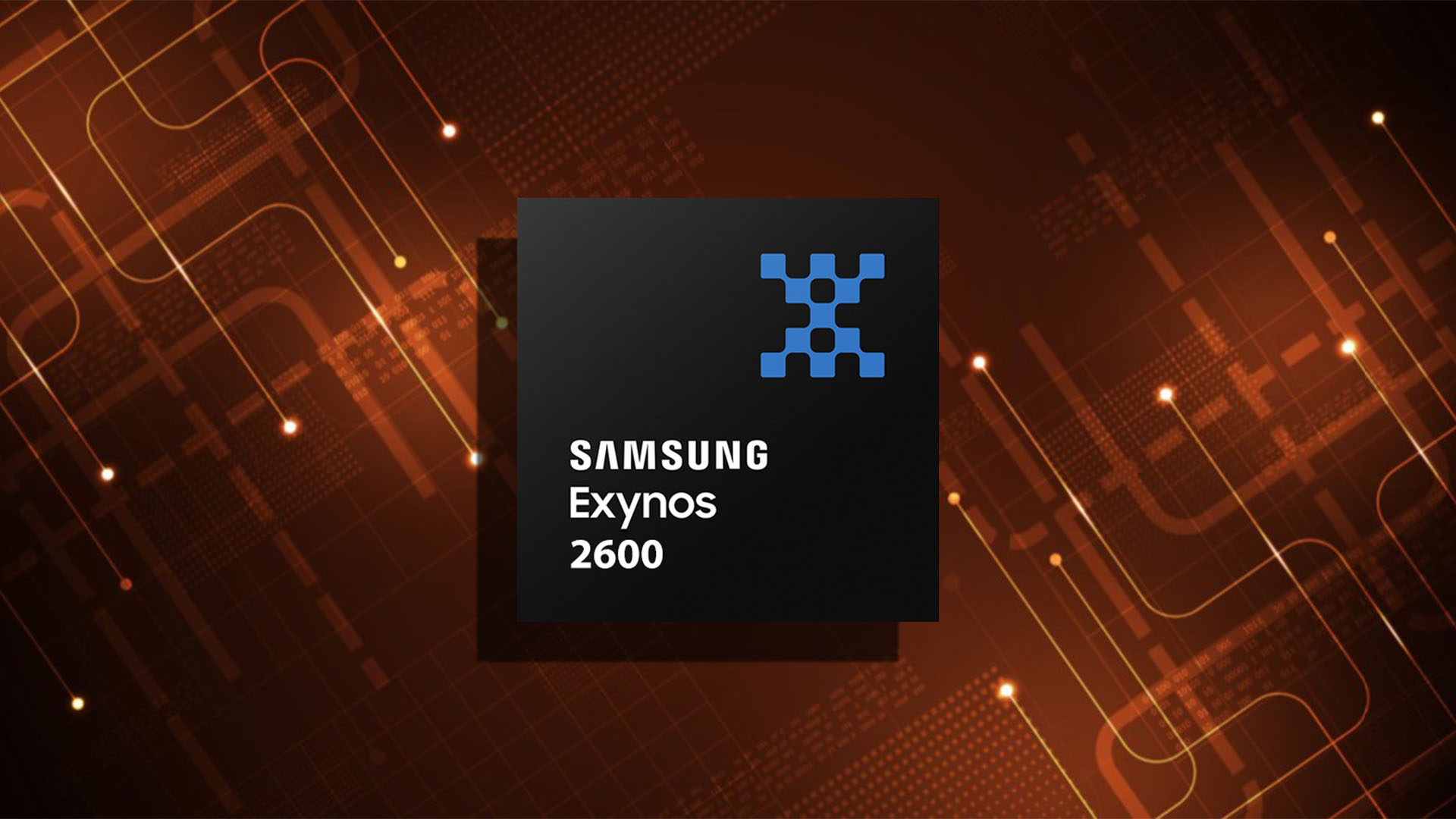Copyright Wccftech

How We Rate Rumors 0-20%: Unlikely - Lacks credible sources 21-40%: Questionable - Some concerns remain 41-60%: Plausible - Reasonable evidence 61-80%: Probable - Strong evidence 81-100%: Highly Likely - Multiple reliable sources RUMOR ASSESSMENT 40% Questionable Samsung is shaping up to return to the flagship chipset category with a bold statement, as it is working to introduce its first 2nm GAA SoC, the Exynos 2600, in a few months. Before the grand unveiling, the Korean giant is required to run a bevy of tests to ensure that the SoC is ‘market ready.’ According to some internal testing, one report summarizes that the silicon is nothing short of a beast, handily beating both the A19 Pro and Snapdragon 8 Elite Gen 5 in a variety of compute, GPU, and AI tests. Here are all the details. In Samsung’s GPU tests, the Exynos 2600 is 75 percent faster than the A19 Pro, but only obtains a 29 percent lead against the Snapdragon 8 Elite Gen 5 Data compiled by Korea Economic Daily provides information concerning the internal tests ran by Samsung for the Exynos 2600. In AI performance, the chipset is six times faster than the A19 Pro’s Neural Engine, and in compute performance, Samsung’s first 2nm GAA SoC is 14 percent quicker in multi-core workloads. As for the GPU, the Exynos 2600 is 75 percent faster than the A19 Pro’s 6-core part. When compared to the Snapdragon 8 Elite Gen 5, the Exynos 2600’s NPU was around 30 percent faster, with its GPU said to score 29 percent higher than the latest Adreno 850 graphics processor. Interestingly, the compute performance numbers were not shared in the report, maybe because the Snapdragon 8 Elite Gen 5’s in-house Oryon cores are superior in this regard. No doubt, these are breathtaking numbers, but Samsung’s internal testing is not the same as the Exynos 2600 performing in the real world, with the latter likely portraying a more realistic picture of the SoC’s capabilities. In short, we should probably pull our jaw up. Why are these Exynos 2600 performance results unrealistic? The internal testing environment, or lab testing environment, is always supposed to provide skewed results because companies offer the best performing conditions for their chipsets. For instance, the Exynos 2600 could be placed in a completely secluded room that is operating at lower temperatures, allowing for the silicon to boost higher clock speeds while maintaining the best possible thermals. Additionally, Samsung may have unlocked the power limits of the Exynos 2600, meaning that it would have an insanely high power draw when obtaining the aforementioned results against the Snapdragon 8 Elite Gen 5 and A19 Pro. If the same power draw was exhibited by the Exynos 2600 when running inside of a Galaxy S26 model instead of an engineering sample in a controlled environment, it would likely reach thermal throttling within seconds, causing its performance to nose-dive. Due to the Exynos 2600’s higher number of advantages in internal testing, we would prefer to check out the commercial Galaxy S26’s results to provide an impartial performance overview. Unfortunately, the chipset’s launch is still a few months away, so while we await the imminent announcement, you can check out our detailed rumor roundup to learn more about the silicon. News Source: Korea Economic Daily



